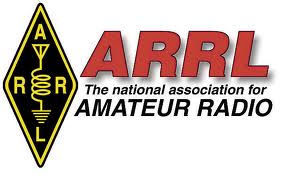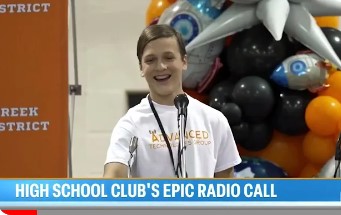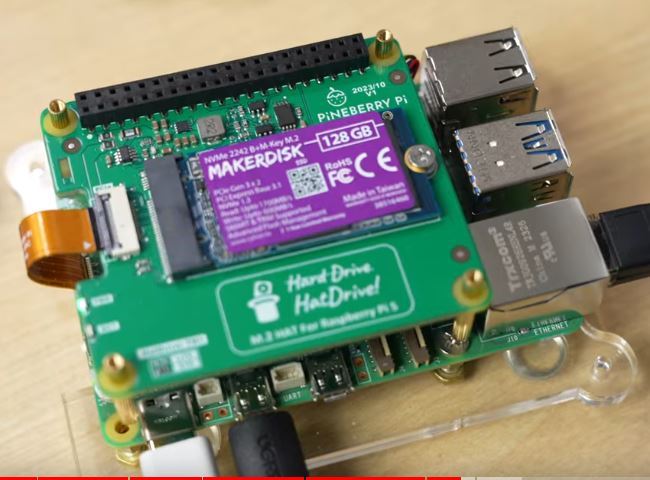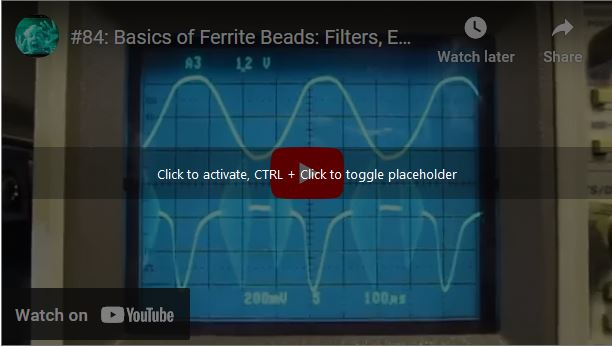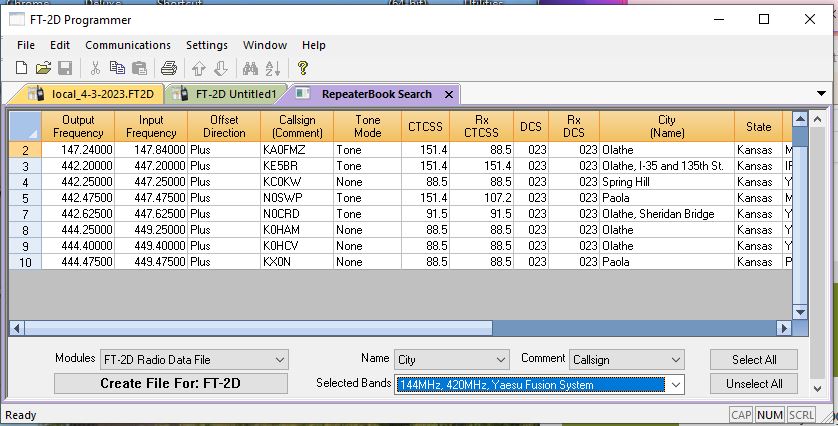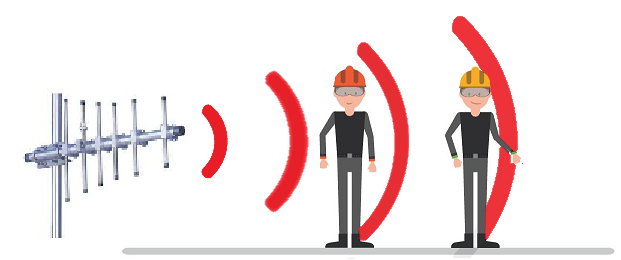
On December 4th, 2019, the FCC amended Part 97 Amateur Service with the release of ET Docket 19-226. Most of the changes in this Docket apply to other licensees in the commercial, medical and other fields, however a significant action for amateur licensees was the removal of what was known as the Categorical Exemption from performing RF Radiation Evaluations. The Categorical Exemption has been in the rules since 1996, and as the FCC stated "was based on power alone." It typically involved an "easy to use" Table that has been widely published. Amateurs simply needed to spot their RF power and the Ham Band in the table to see if they were exempted from performing the formal evaluation. If the RF power was below a certain value, for example 100 Watts on the 15 Meter band, or 50 Watts on the 2 Meter and 6 Meter bands, operation could immediately commence with no further action. If the
power was higher, a formal evaluation was then required.

"Table 1" in the FCC OET65B is part of the original requirement, and its contents have been prominently replicated for years in license manuals, study guides, and handbooks, etc.
A majority of the FCC changes affected other US licensees (commercial,medical and others) as the FCC stated: " We streamline our criteria for
determining when a licensee is exempt from our RF exposure evaluation criteria, replacing our prior regime of service-based exemptions with a set of formulas for situations in which the risk of excessive RF exposure is minimal."
The FCC implemented a transition period of two years from the effective date of the new rules stating: "We will allow two years from the effective date
of the new rules for licensees to determine if evaluations are required, to perform them where necessary, and to comply with the more specific mitigation requirements we adopt in this order as may be necessary."
In explaining the background for the changes in Docket 19-226, the FCC said "Modern communications technologies are an ever-increasingly critical
part of our everyday lives and play a vital role in the execution of our businesses and daily affairs. The number and types of radio frequency (RF)
devices have proliferated, and the ways we interact with them are continuously changing. As a result, our environment is populated with RF sources,
at times located in close proximity to humans."
The FCC did not change the current RF exposure limits saying: "This decision is supported by our expert sister agencies,..." and "Specifically, no expert health agency expressed concern about the Commission’s RF exposure limits. Rather, agencies’ public statements continue to support the current limits."
Amateur radio operators will recall the safety chapter they studied for passing their license exam, where the difference between non-ionizing RF radio
wave radiation (which can cause heating), is much different than actual ionizing radiation from sources such as medical x-rays, nuclear materials,
tanning beds and sunshine, etc. (where electrons are torn away from their atoms, altering the material).
In the release, the FCC specified the replacement of the categorical exemption saying "for licensees in the Amateur Radio Service, we substitute our
general exemption criteria for the specific exemption from routine evaluation based on power alone in Section 97.13(c)(1) and specify the use of occupational/controlled limits for amateurs where appropriate."
Although the ARRL petitioned the FCC, through official comments to retain the evaluation exemption for amateur radio stations operating below
a certain power threshold, the FCC said: "We are not persuaded that the existing requirement, which limits routine evaluation only to higher-powered amateur station transmitters regardless of distance, is adequate to avoid inadvertent non-compliance with the RF exposure limits. Amateur radio
licensees operate a variety of installations of different size, power, and frequency, which can be located in close proximity to people, giving rise to various
RF exposure concerns. This further supports the need for consideration of more than just transmitter power alone, as the previous rules had done, as a basis for determining compliance with our RF exposure rules."
The new FCC rules do list exemptions for 3 broad conditions, and they apply to all authorized RF sources, however only the third condition(iii) appears
truly applicable for Amateurs. The FCC said "Specifically, we create three broad classes of RF exemptions: (i) for extremely low-power devices that transmit at no more than 1 mW; (ii) for somewhat higher-power devices with transmitting antennas that operate within 40 cm of the body, a formula based primarily on the localized specific absorption rate (SAR) limits; and (iii) for all other transmitters based on a set of formulas for the maximum permissible exposure (MPE) limits."
For Amateur Licensee evaluations, the FCC referenced resources already available from the FCC, the ARRL, and others, saying: "When evaluation
is required, additional guidance is available in tabulated generic analyses of compliance for broad classes of antennas and installations from the
Commission and third parties. See FCC Office of Engineering at Technology, Additional Information for Amateur Radio Stations, OET Bulletin 65, Supplement B, (1997); Ed Hare, RF Exposure and You, The Amateur Radio Relay League (1998). This guidance has been available for years and
is an acceptable method to determine compliance. These resources were developed by the Commission and private amateur groups, including the
ARRL, to aid in determining compliance with the exposure limits."
Below are web links with information to understand more about RF exposure, and ways to complete an evaluation:
A good place to actually begin an evaluation is with the ARRL RF Exposure Worksheets A and B. (Note: The FCC change now makes completing
Worksheet B a necessary step.)
Also note in OET Supplement B Bulletin 65, there are numerous tables for different antenna types and bands, as well as a more complex
worksheet (check Section 4 on page 21).
ARRL Home Page for RF Exposure - Numerous Articles and links (some copied below):
http://www.arrl.org/rf-exposure
Book: RF Exposure and You by Ed Hare, W1FI from ARRL web site:
http://www.arrl.org/files/file/Technology/RFsafetyCommittee/RF+Exposure+and+You.pdf
The ARRL Handbook RF Safety Coverage
http://www.arrl.org/files/file/Technology/RFsafetyCommittee/28RFSafety.pdf
FCC OET Bulletin 65:
https://transition.fcc.gov/Bureaus/Engineering_Technology/Documents/bulletins/oet65/oet65.pdf
FCC OET Supplement B Bulletin 65 :
https://transition.fcc.gov/bureaus/oet/info/documents/bulletins/oet65/oet65b.pdf
ARRL RF Exposure Worksheets A and B:
http://www.arrl.org/files/file/Technology/tis/info/pdf/rfex1_2.pdf
Amateur Radio RF Safety Calculator by Paul Evans, VP9KF
http://hintlink.com/power_density.htm

